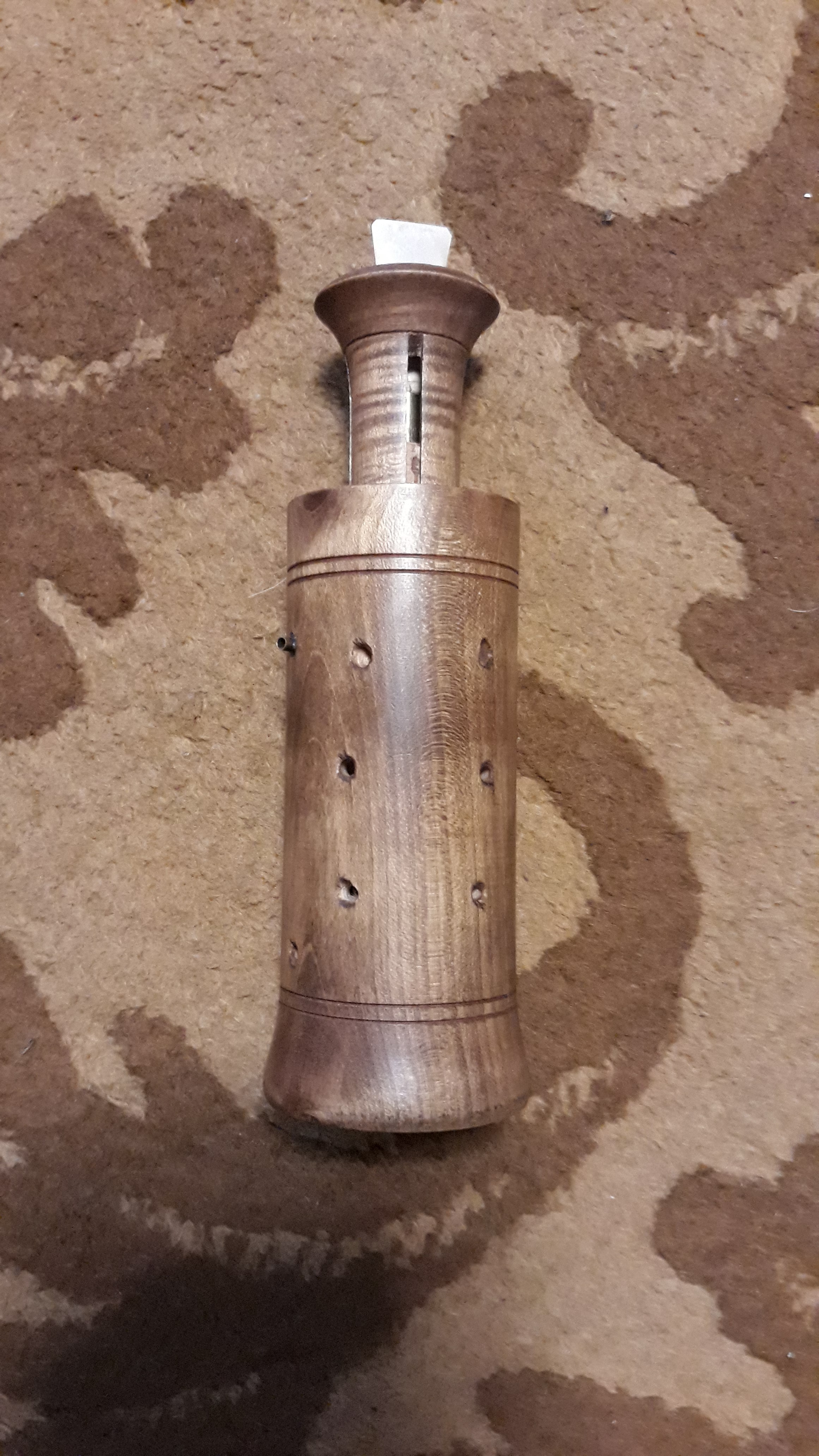Shawms
Sopranino, soprano and alto double-reed instruments, the ancestors of the modern oboe and cor anglais; wide conical bore, hence very loud
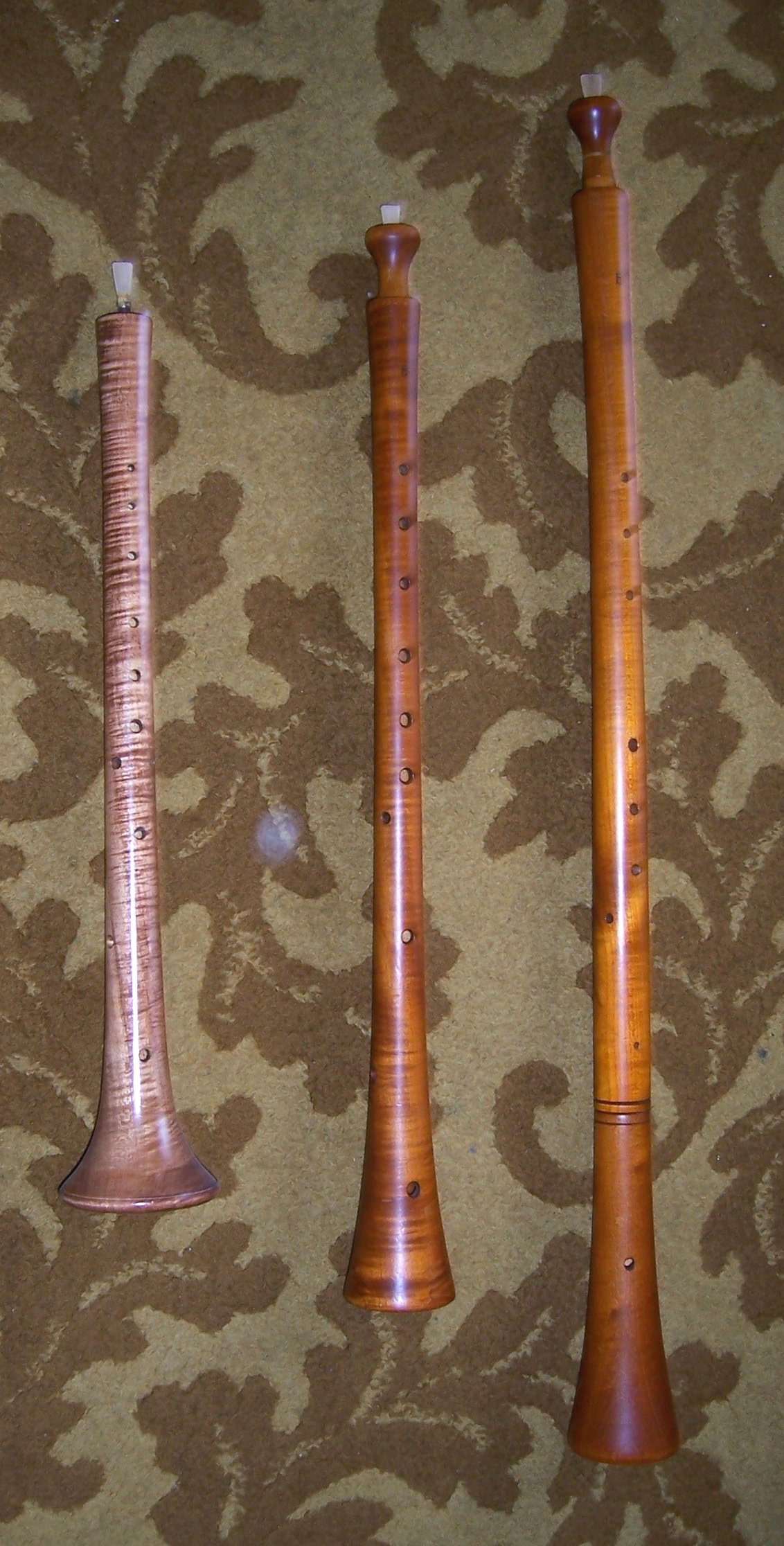
Curtal or Dulcian
Soprano and bass double-reed and double-bored instrument, the ancestor of the modern bassoon; conical bore, quite loud
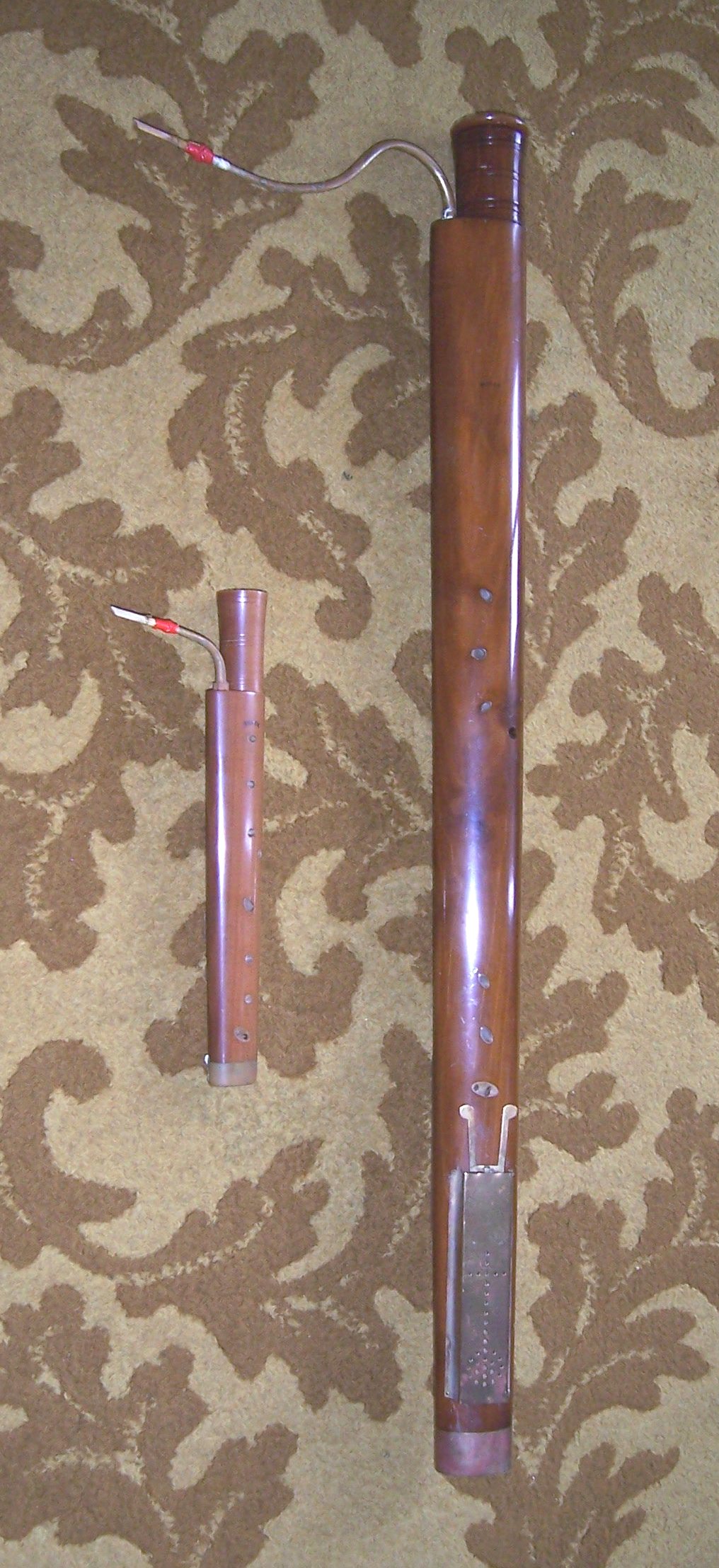
Rauschpfeifes
Sopranino, soprano and alto wind-capped shawms with wide flaring conical bore; the loudest of the reed instruments

Great English bagpipes and Flemish bagpipes
Both have a loud double-reeded chanter and two single-reeded drones

Leicestershire bagpipes and Cornish bagpipes
Quiet indoor bagpipes with a chanter and a single drone, and early sixteenth century bagpipe, with two chanters and no separate drone, with moderate volume
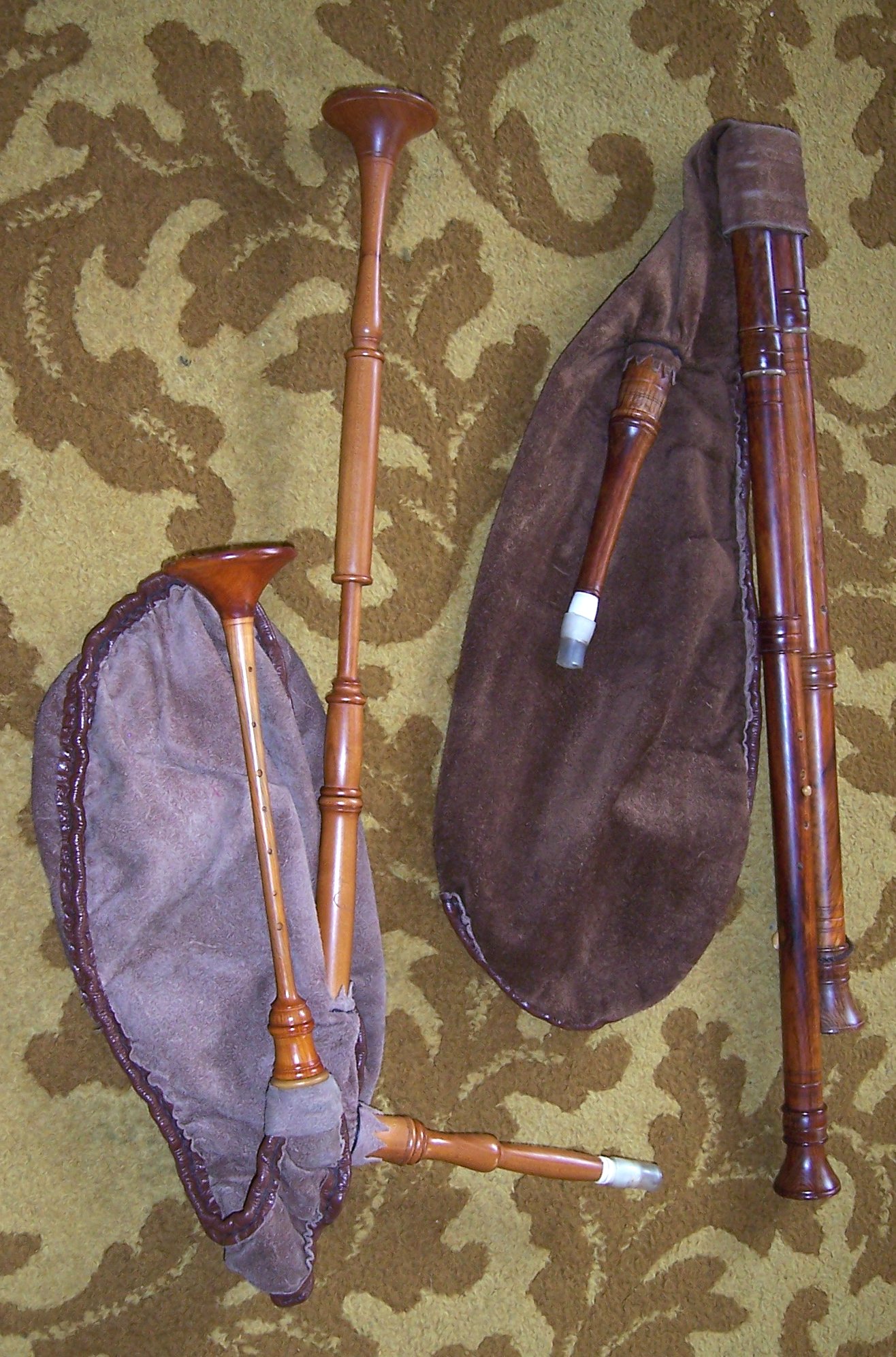
Crumhorns
Quiet wind-capped shawms with narrow parallel bore: soprano, alto and bass cornemuses and tenor crumhord
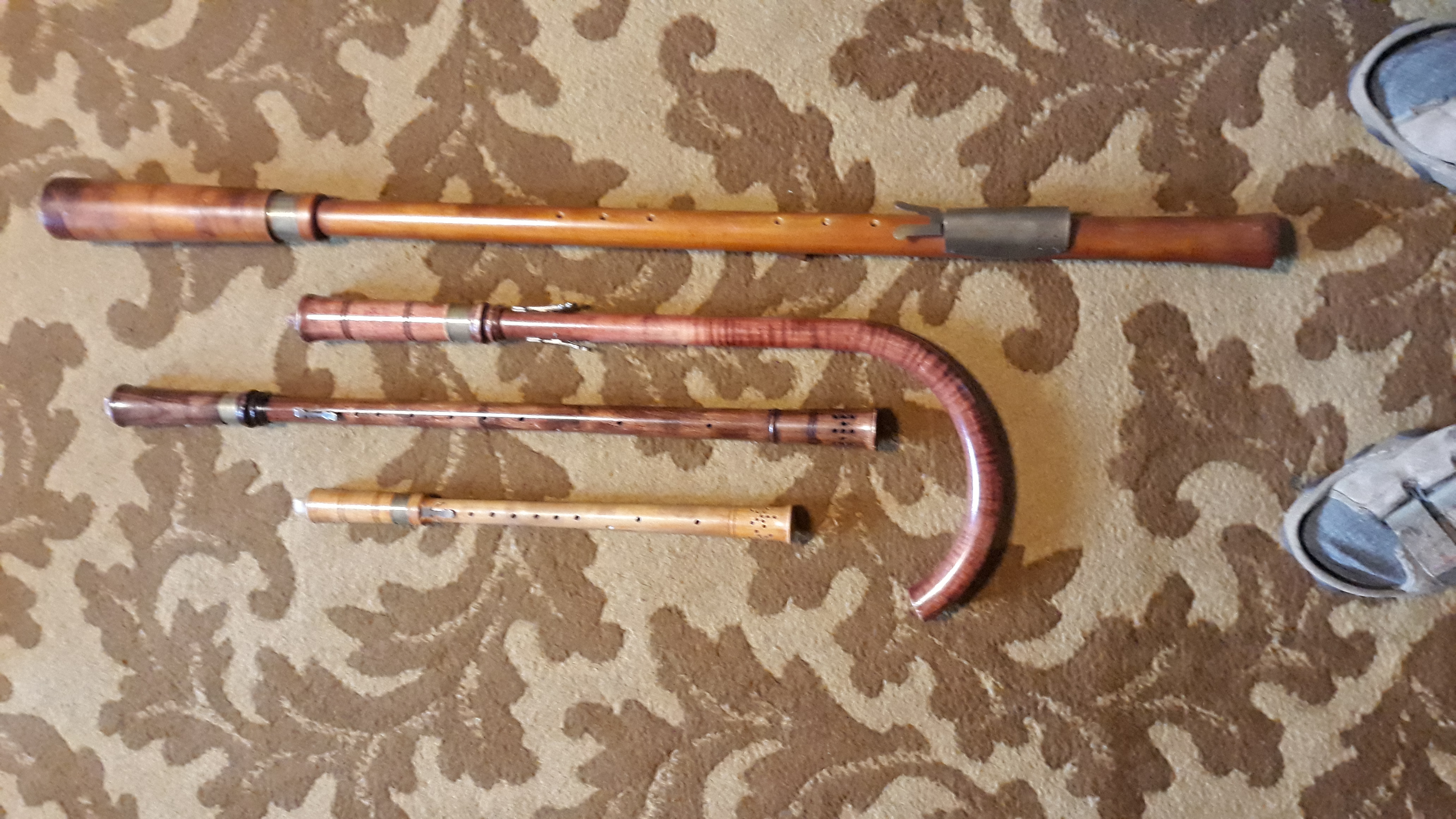
Flutes
Fife and renaissance and baroque transverse or German flutes

Recorders
Soprano, alto and tenor wide-bored recorders; known at the time as the English or common flute
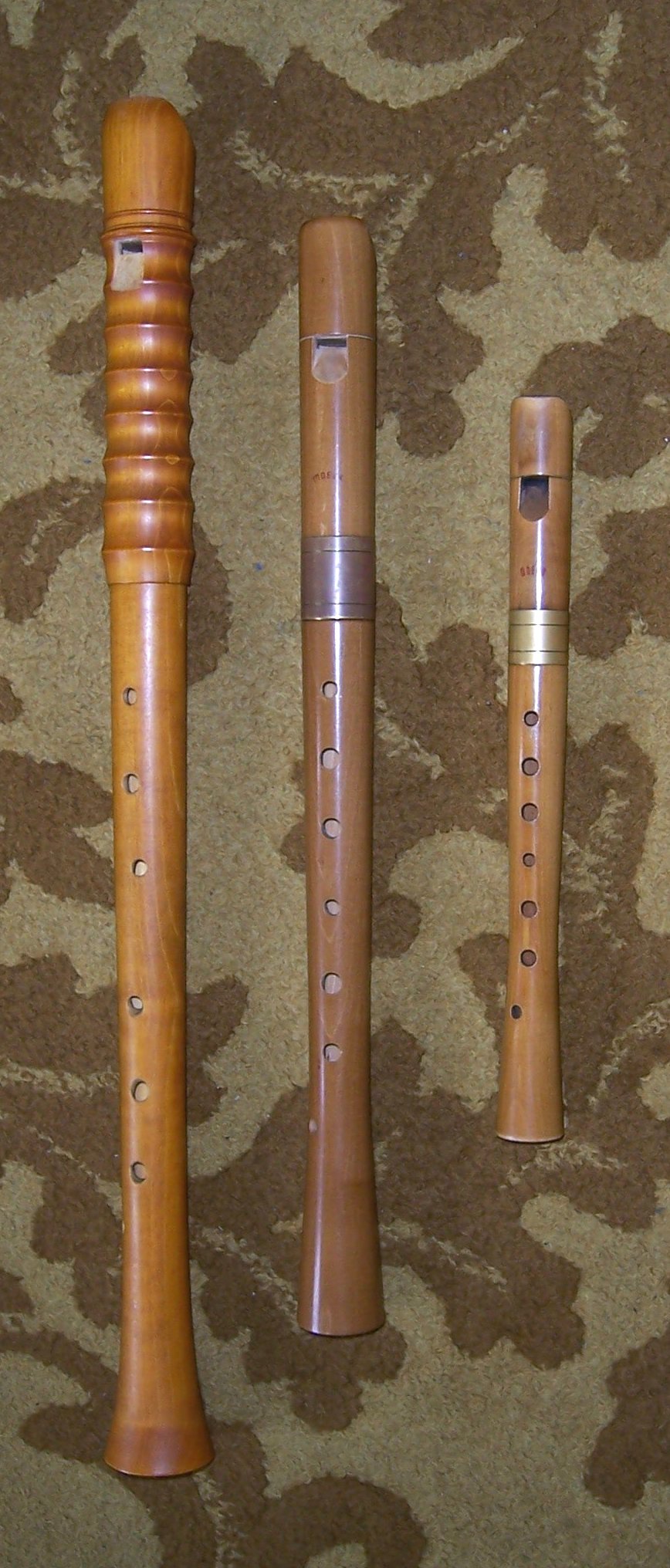
Cornett or cornetto
A "hybrid" instrument with a trumpet-type mouthpiece and fingering like a woodwind instrument; considered in the Renaissance and early Baroque to be the instrument resembling most closely the humen voice

Sackbutt
With a narrow bore and smaller bell than a modern trombone, but otherwise very similar

Cittern
A flat-backed, wire-strung instrument with re-entrant tuning
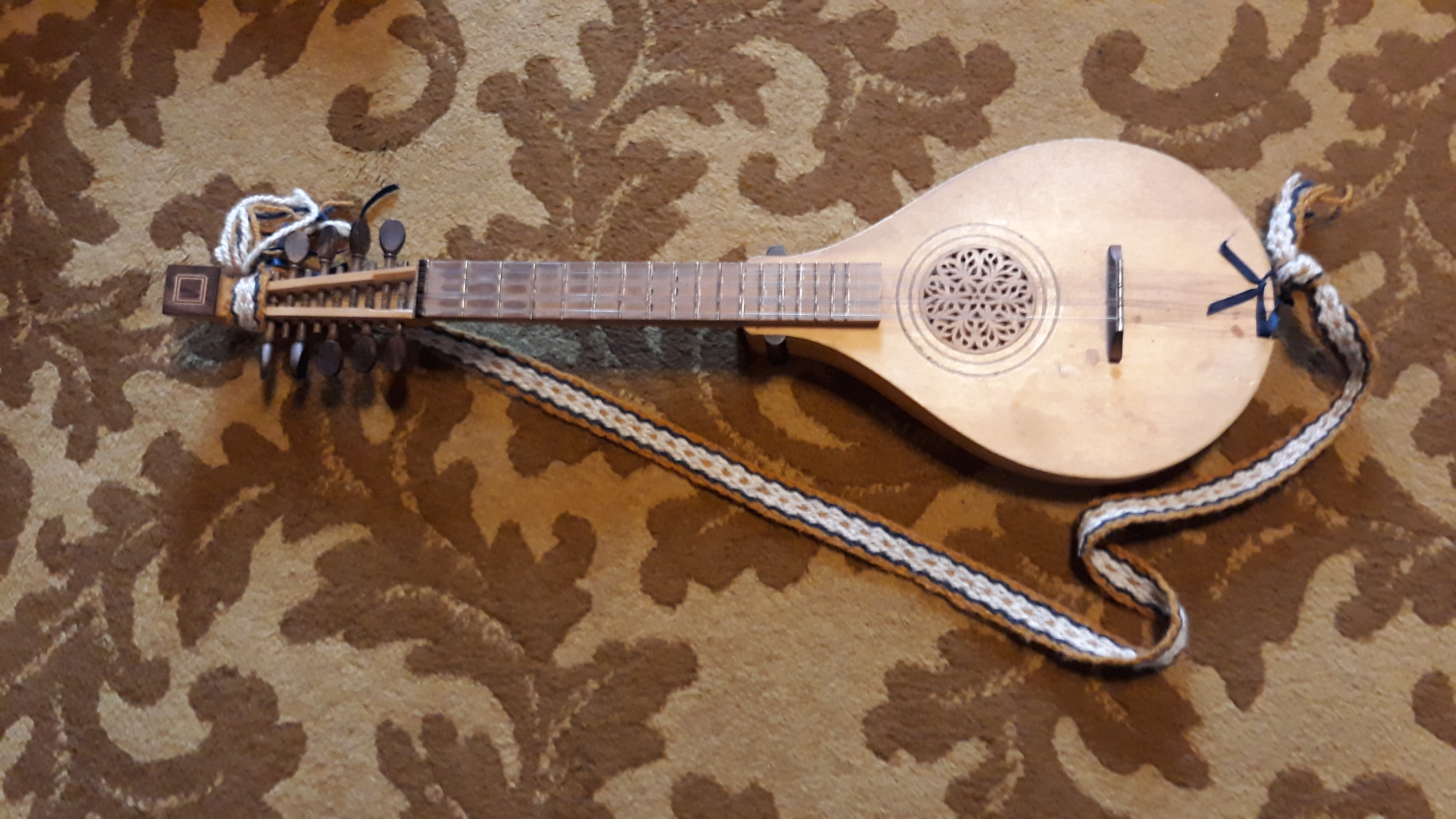
Guitar
A small guitar with four (or others may have five) courses of gut strings

Hurdy-gurdy
A mechanical violin, with a wheel vibrating the strings, two melody strings played by pressing key-operated tangents onto the strings to alter the note, and several fixed-pitch drone strings
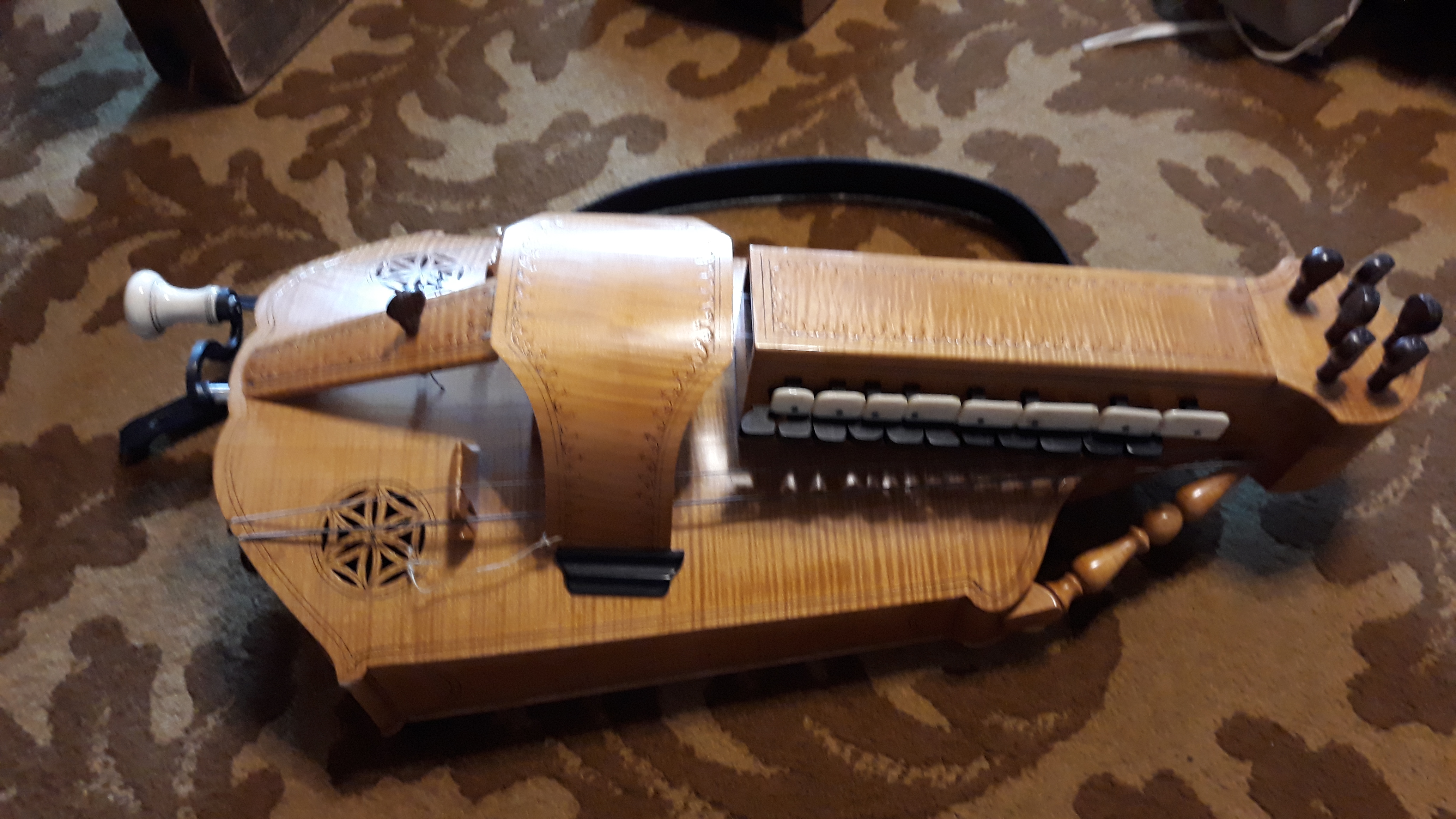
Tabor
Skin-headed, double-headed drum played with sticks
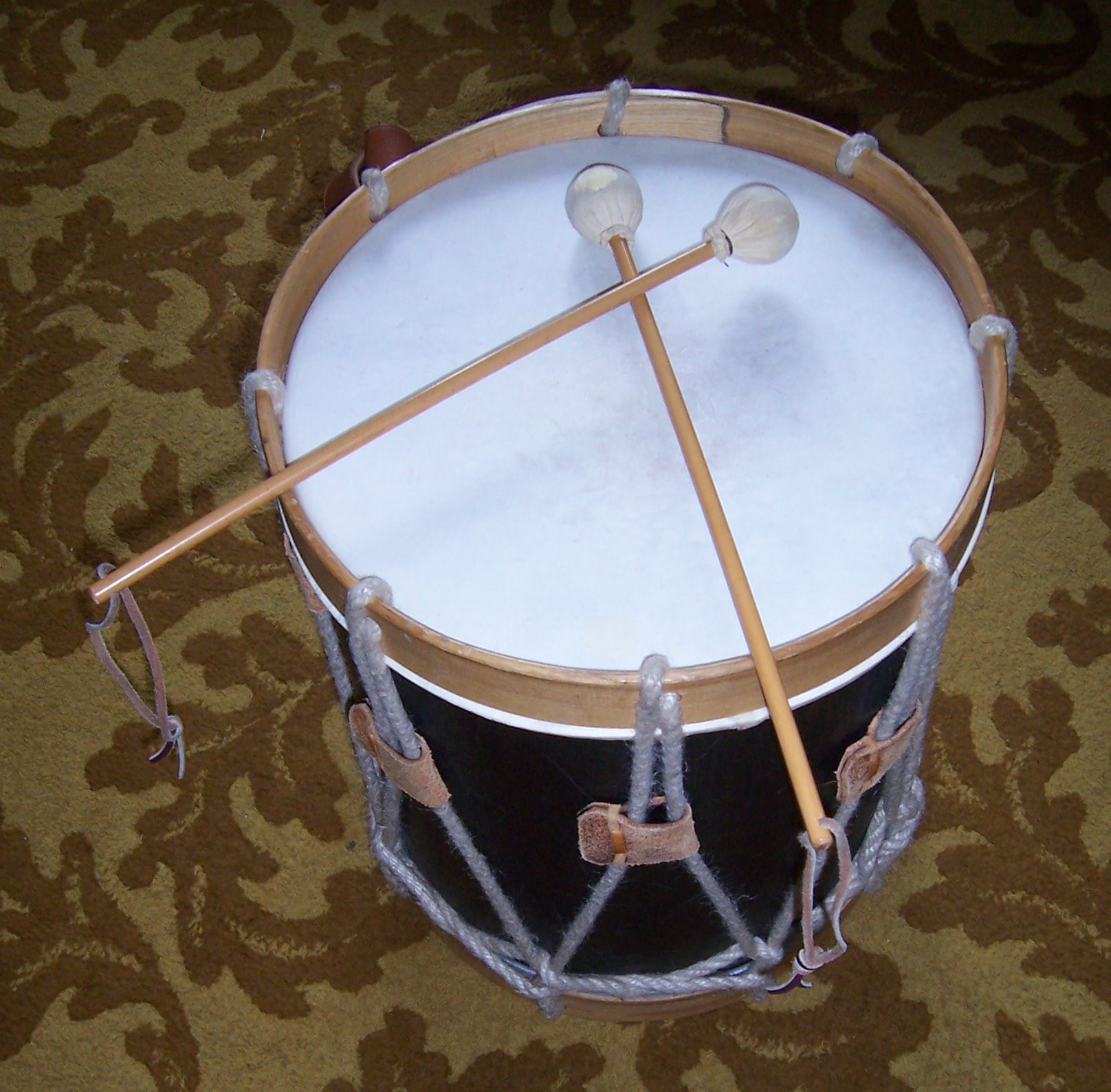
Spanish cross-strung harp
A chromatic harp with two rows of strings, one diatonic row and the other providing the intermediate semitones

Italian triple harp
The Italian solution to making the harp chromatic; has three rows of strings, the outer two diatonic and the middle row providing the additional semitones
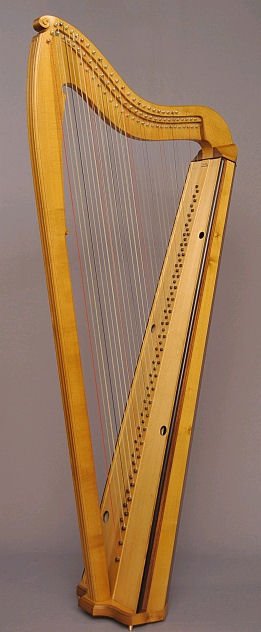
Nakers
A pair of small kettle-drums worn on a belt around the waist and played with two sticks; one drum usually has a snare

String drum
A tuned percussion instrument, with two sets of strings a fifth apart, played with a single beater; traditionally played as accompaniment for a three-holed pipe
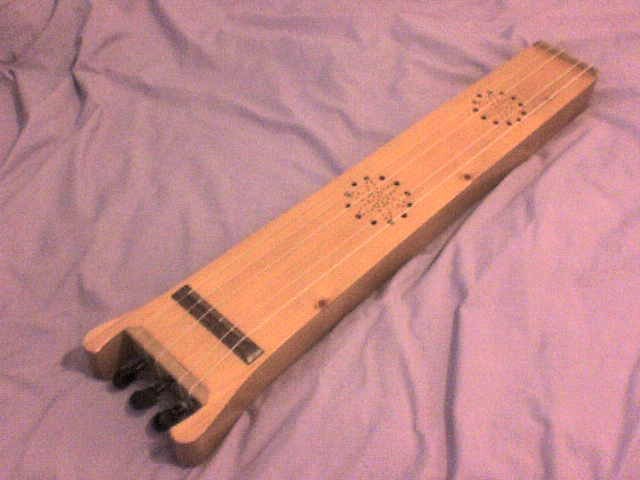
Rebec
A rebec, a late medieval three-stringed fiddle with the body and neck out of a solid piece of wood.
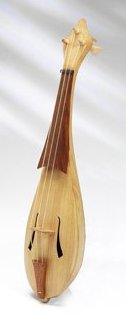
Baroque violin
A late renaissance/early baroque violin and bow.
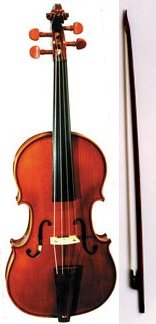
Rackett
Narrow, multiple-bored instrument played with controlled double reed; quite quiet
